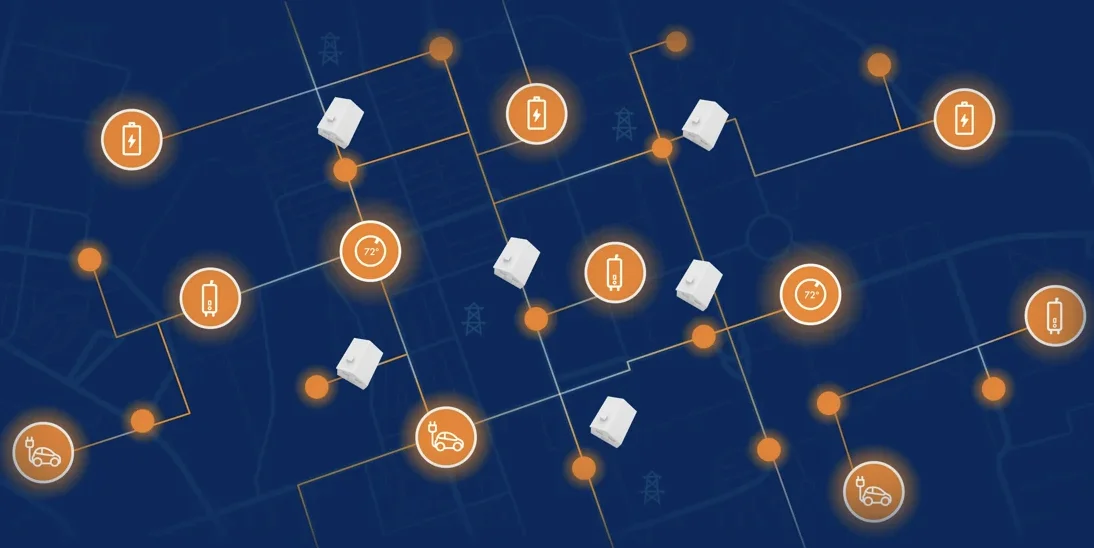Climate change has cut an ominous path in recent years, from wildfires to unprecedented temperature extremes. These events have challenged electric providers in many respects, from enhancing grid resiliency to prevent power outages to tackling the energy insecurity caused by climate change. These challenges are compounded by evolving electrification efforts that have caused spikes in the adoptions of distributed energy resources (DERs), including electric vehicles, batteries, thermostats, and photovoltaic solar, all which complicate load management. To meet needs, utilities have turned to non-wires alternatives like demand response programs, EV managed charging initiatives, or virtual power plants, all load-management strategies necessary to tackle the very real existential threats that climate change poses on all levels.
A Modern Example of the Effects of Climate Change on Utilities
On the list of U.S. cities that will be most impacted by climate change in the next 20-50 years, New Orleans is number one. Pumps and levees sometimes fail and did so catastrophically in 2005 during Hurricane Katrina, but often it’s the electric grid that fails in the Crescent City.
According to a technical advisors’ report submitted to the Council of the City of New Orleans on October 31, 2017, there were 2,599 power outages reported between June 1, 2016, and May 31, 2017. That’s an average of seven outages every day, and more than half were not related to weather. And when the pumps don’t work due to equipment malfunction or weather, the typical solution is to crank up generators to restore power. In a city that’s already below sea level and gravely threatened by climate change, spewing diesel fuel into the environment only compounds the problem.
On January 15, 2020 the New Orleans City Council and Louisiana’s Alliance for Affordable Energy invited national experts, including Virtual Peaker, Northern Reliability, Sonnen, and others to a “Solar and Storage Day” to share the latest technological innovations. The goal was to gain a better understanding of how batteries, renewables, and software solutions can help enhance grid resiliency, while making New Orleans’ electric services more efficient and distributed. And adopting a broader distributed energy strategy also would help New Orleans reduce its dependence on fossil fuels.
Distributed Energy Resources (DERs) & Grid Resiliency
With the increasing penetration of renewable energy sources like rooftop solar and other distributed energy resources (DERs), the rise of electric vehicles (EVs) and their requisite charging needs, and declining energy sales for traditional sources, the power grid is being fundamentally disrupted. Harnessing energy demand requires integration at the homeowner level, with real-time analytics and a seamless interface between customers and utilities. Controllable through the right distributed energy resource management system (DERMS), distributed energy resources reduce operational costs, increase grid resiliency, and improve the customer experience.
Conclusion Building a Climate-Change Resilient Electric Grid
Proactively looking at the future of an increasingly resilient electric grid, even if from the perspective of being below sea level, New Orleans’ leadership realizes that its goal to ensure a low-carbon future requires effective demand flexibility tools now. To find out more about how New Orleans’ Smart and Sustainable Cities Committee is seeking to develop a more resilient electric grid, click here for the agenda with embedded presentations.
This article was originally published on January 27, 2020 and was republished on September 8, 2023.







